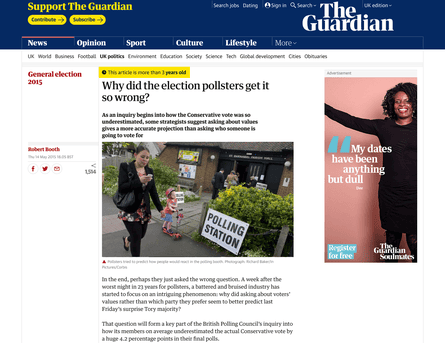The Definitive Guide to News Articles
The Definitive Guide to News Articles
Blog Article
News Articles for Dummies
Table of ContentsNews Articles - The FactsA Biased View of News ArticlesWhat Does News Articles Do?News Articles - An OverviewTop Guidelines Of News Articles
Excellent knowledge of different subjects offers students an one-upmanship over their peers. Despite the fact that electronic and social media are conveniently accessible, we ought to not neglect just how vital it is to check out the papers. Moms and dads have to try and inculcate the practice of checking out a paper as an everyday routine to continue the heritage of the revered print tool.Information tales additionally have at least one of the complying with important characteristics family member to the intended target market: closeness, prestige, timeliness, human rate of interest, anomaly, or repercussion.
Within these restrictions, information stories also intend to be comprehensive. Nevertheless, various other factors are involved, some stylistic and some originated from the media form. Amongst the bigger and a lot more respected newspapers, fairness and equilibrium is a major consider offering details. Commentary is generally confined to a different area, though each paper might have a various general slant.
Papers with a worldwide audience, for example, have a tendency to use a more formal design of creating. News Articles.; typical design guides include the and the US Information Style Publication.
All About News Articles
As a guideline, reporters will certainly not use a lengthy word when a brief one will certainly do. They make use of subject-verb-object construction and brilliant, energetic prose (see Grammar). They offer narratives, examples and allegories, and they hardly ever depend on generalizations or abstract ideas. News writers attempt to prevent utilizing the exact same word a lot more than when in a paragraph (in some cases called an "echo" or "word mirror").
However, headlines often leave out the subject (e.g., "Jumps From Boat, Catches in Wheel") or verb (e.g., "Cat woman lucky"). A subhead (additionally subhed, sub-headline, subheading, caption, deck or dek) can be either a subservient title under the major headline, or the heading of a subsection of the article. It is a heading that precedes the major message, or a group of paragraphs of the major message.

Extra billboards of any of these kinds may show up later on in the write-up (particularly on subsequent pages) to entice more analysis. Such billboards are additionally made use of as guidelines to the write-up in various other sections of the publication or website, or as advertisements for the item in various other magazine or websites. Normal structure with title, lead paragraph (recap in bold), other paragraphs (details) and call details.

Example of a hard-lead paragraph NASA is recommending an additional space project. The budget plan requests roughly $10 billion for the job.
The NASA statement came as the agency requested $10 billion of appropriations for the project. An "off-lead" is the second essential front web page news of the day. The off-lead shows up either in the leading left corner, a knockout post or straight listed below the lead on the. To "hide the lead" is to begin the short article with background information or details of additional value to the visitors, requiring them to check out more deeply right into a short article than they must have to in order to find the important factors.
The Facts About News Articles Uncovered
Typical use is that or more sentences each develop their own paragraph. Reporters normally explain the company or framework of an information story as an inverted pyramid. The necessary and most fascinating elements of a tale are placed at the start, with sustaining details complying with in order of diminishing importance.
It enables people to explore a subject to only the depth that their interest takes them, and without the charge of information or nuances that they can think about pointless, yet still making that information readily available to much more interested viewers. The inverted pyramid structure likewise makes it possible for write-ups to be trimmed to any kind of arbitrary size throughout layout, to fit in the area offered.
Some authors begin their tales with the "1-2-3 lead", yet there are several sort of lead offered. This format inevitably starts with a "Five Ws" opening paragraph (as defined over), adhered to by an indirect quote that offers to support a major component of the first paragraph, and after that a direct quote to sustain the indirect quote. [] A twist can refer to multiple things: The last tale in the news program; a Read More Here "delighted" tale to end the program.
Longer write-ups, such as publication cover write-ups and the items that lead the within sections of a paper, are referred to as. Attribute tales differ from straight information in several ways. Foremost is the lack of a straight-news lead, most of the time. Instead of offering the significance of a tale up front, feature writers might try to lure viewers in.
Examine This Report on News Articles
A function's first paragraphs typically connect an appealing moment or event, as in an "unscientific lead". From the details of a person or episode, its sight rapidly widens to abstract principles regarding the story's topic.

The Editor's Tool kit: A Reference Overview for Beginners and Professionals (2001) Allan M. Siegal and William G. Connolly. The New York City Times Handbook of Design and Use: The Authorities Design Guide Made Use Of by the Writers and Editors of the Globe's A lot of Reliable Paper (2002) M. L. Stein, Susan Paterno, and R.
Report this page